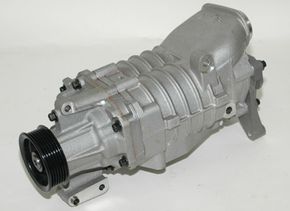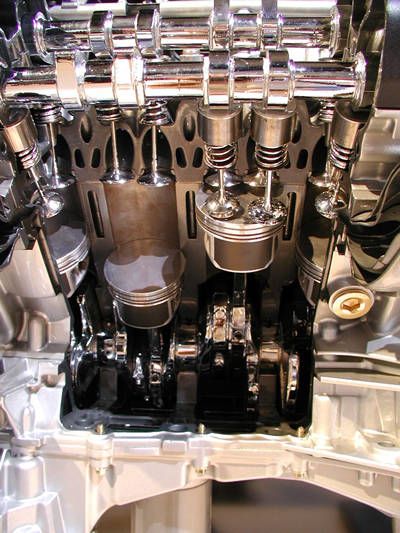In the quest for higher performance and fuel economy in automobiles, two formidable technologies have risen to prominence: turbochargers and superchargers. Both devices are designed to boost the power output of an engine without increasing its size, but they do so in remarkably different ways.
So, in a battle between the two engine boosters — turbo vs. supercharger — which is better? In this article, we'll demystify these technologies, exploring the nuances between turbocharged and supercharged engines, and shedding light on their respective advantages and disadvantages.
Advertisement

